
How The Eagle became the ultimate gay fetish bar
With locations in cities like Berlin, London, and Toronto, the Eagle venues remain at the forefront of the fetish and kink scene.
The story begins in 1970s New York City, at a time when the LGBTQ+ community was just starting to find its voice after the Stonewall riots of 1969. Amid this social and political backdrop, the Eagle’s Nest, a leather and biker bar, opened its doors on West 21st Street in Manhattan’s Chelsea neighborhood in 1970. Owned by Jack Modica, the Eagle's Nest quickly became a gathering spot for gay men who were drawn to the leather and BDSM subcultures.
At the time, leather culture was closely tied to rebellion, masculinity, and a pushback against mainstream gay culture, which was often seen as trying too hard to be socially acceptable. The Eagle’s Nest provided a space for gay men who embraced a rougher, hyper-masculine image. Leather jackets, boots, and fetish gear were the uniform, and it wasn’t just about the look—leather symbolized a lifestyle centered around power dynamics, dominance, and submission. For some leather devotees, the addition of a cigarette or cigar was a key part of the aesthetic.
The Expansion of Eagle Bars
What started as a single bar in New York soon sparked an international subculture. The success of the original Eagle’s Nest led to the opening of more Eagle venues across the United States throughout the 1970s and 80s, as other cities saw the need for spaces that catered to leather and kink communities. Bars like the DC Eagle in Washington D.C. (which opened in 1971) and Eagle LA in Los Angeles (opened in 1980) followed the New York model, adopting the same name and building a loyal following.
The expansion wasn’t just confined to the U.S. – the Eagle brand spread internationally in later years, with venues opening in major European cities like London, Amsterdam, and Berlin.
Exploring The Leather Symbolism
Leather culture and fetishism have always been at the heart of Eagle venues, and leather holds significant symbolism within these spaces. The leather uniform—typically black leather jackets, pants, boots, and caps—emerged after World War II, when returning soldiers and bikers began wearing military and motorcycle gear. These outfits symbolized toughness, masculinity, and sexual freedom, traits that the early gay leather community embraced. This aesthetic first entered public consciousness when Marlon Brando presented a leather bicker look in his 1953 film The Wild One.
By the time the Eagle venues came along, leather had become an expression of queer identity for those who didn’t conform to the stereotypical images of gay men in the mainstream. It was a way to carve out a separate subculture and signal membership to an underground community. The Eagle bars became the hubs where these men could meet, socialize, and explore kink and BDSM in a safe, accepting environment.
Leadership in the Fetish Market: What Sets the Eagle Apart
Eagle venues didn’t just cater to leather enthusiasts; they became pioneers in fetish nightlife. By providing dark rooms, BDSM gear, and hosting themed fetish nights, Eagle bars made a name for themselves as places where sexual exploration wasn’t just tolerated—it was encouraged. The venues fostered a sense of camaraderie and community among patrons, offering a safe space for people to engage in kink and BDSM practices.
The Eagle also embraced inclusivity, welcoming all types of men regardless of body type, race, or kink preference. This openness, coupled with the rebellious, anti-establishment nature of the leather scene, gave the Eagle venues a broad appeal. Today, many Eagle bars host a variety of events, from leather nights to fetish workshops, where the dress codes are often very specific.
Surviving the 1980s and 90s: Resilience in the Face of Crisis
The 1980s brought with it the HIV/AIDS epidemic, which devastated the LGBTQ+ community. Many gay venues closed during this time due to fear, stigma, and the loss of patrons. However, the Eagle bars endured, in part because they had always represented more than just nightlife—they were symbols of a tight-knit community. Leather and BDSM events at the Eagle took on even more significance, offering a sense of solidarity and support during a time of crisis.
The Eagle venues adapted to the changing cultural landscape in the 90s, embracing safer sex practices and promoting HIV/AIDS awareness within the community.
The Eagle Today: A Global Icon
Fast forward to today, and the Eagle brand has become an iconic gay brand. With locations in cities like Berlin, London, and Toronto, the Eagle venues remain at the forefront of the fetish and kink scene. Events like Mr. Leather competitions, BDSM nights, and fetish parties continue to draw in crowds.
The Future of the Eagle: A Tradition of Rebellion
There are around 30-35 Eagle venues globally, depending on the year and any venue openings or closures. These bars and clubs are part of the larger "Eagle" brand. They don’t form part of a chain: there isn’t a Super Daddy puffing away on a cigar somewhere who owns all these venues.
As many gay bars and clubs shut their doors, The Eagle continues to thrive. Why is that? Well, offering something so distinctive and unapologetic helps.
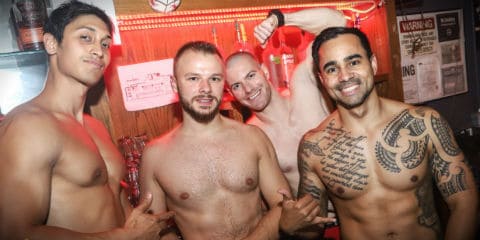

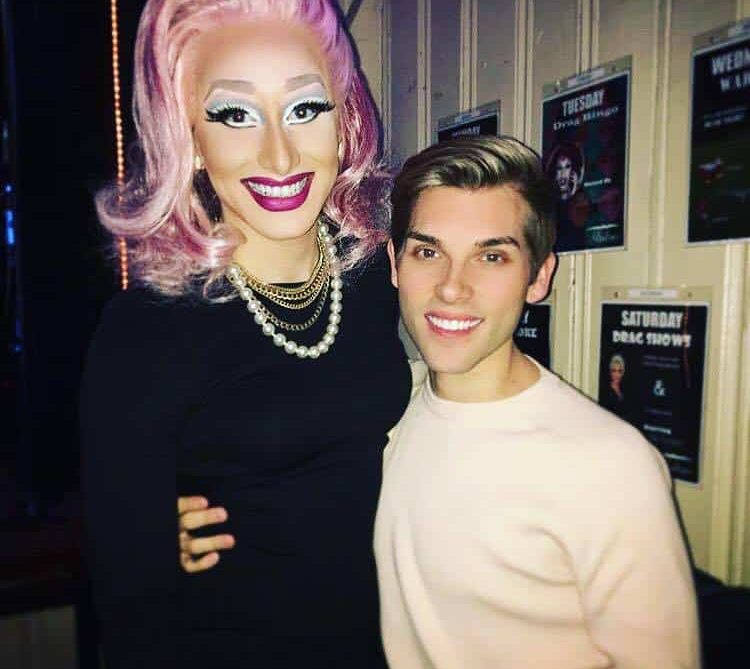
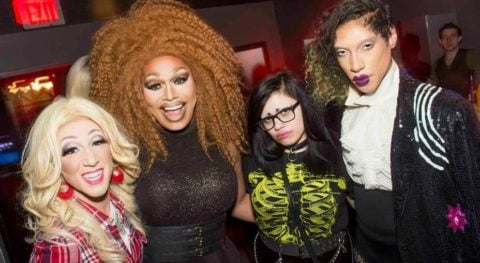
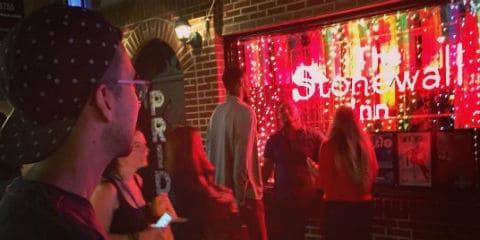
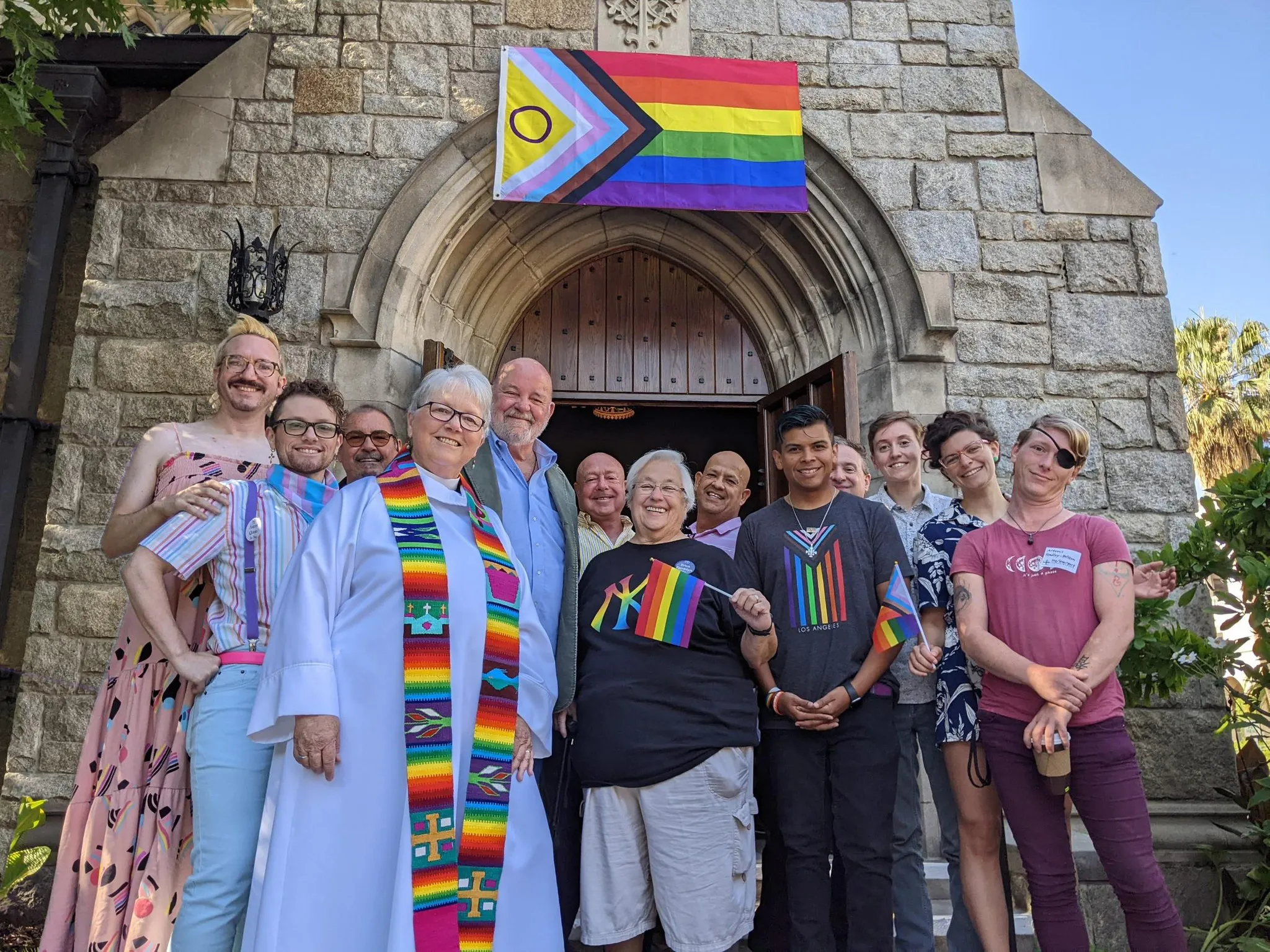

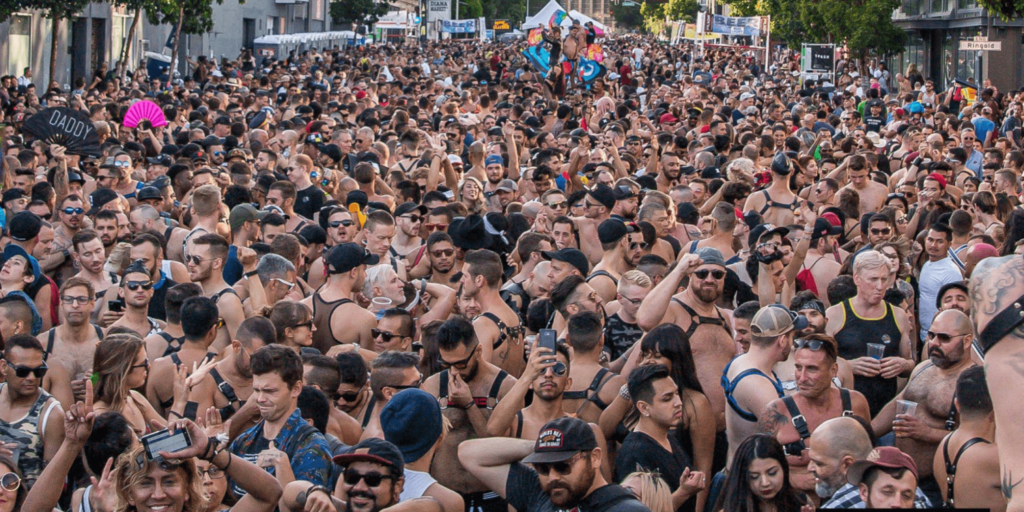
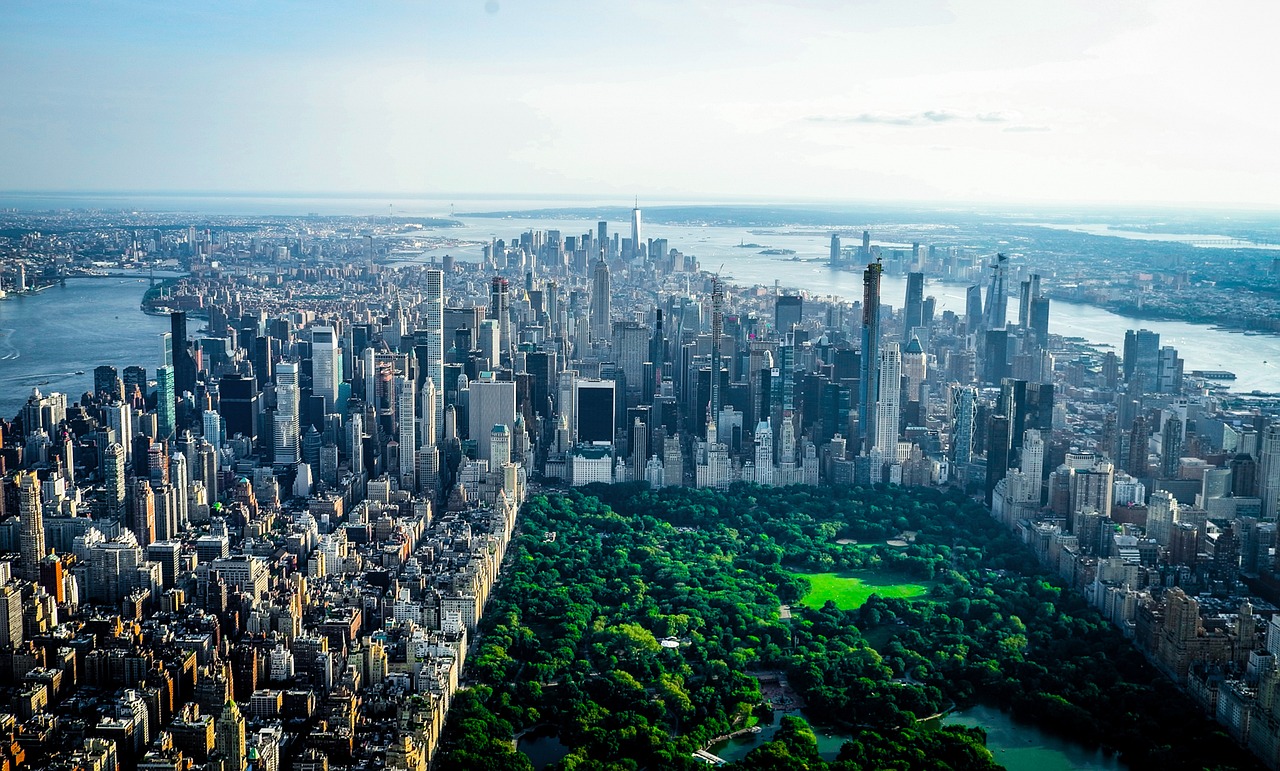
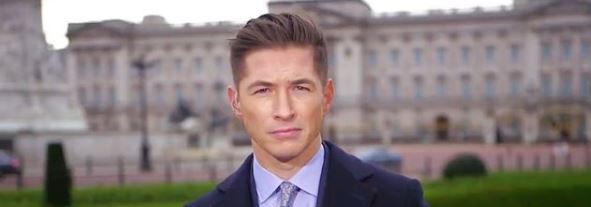
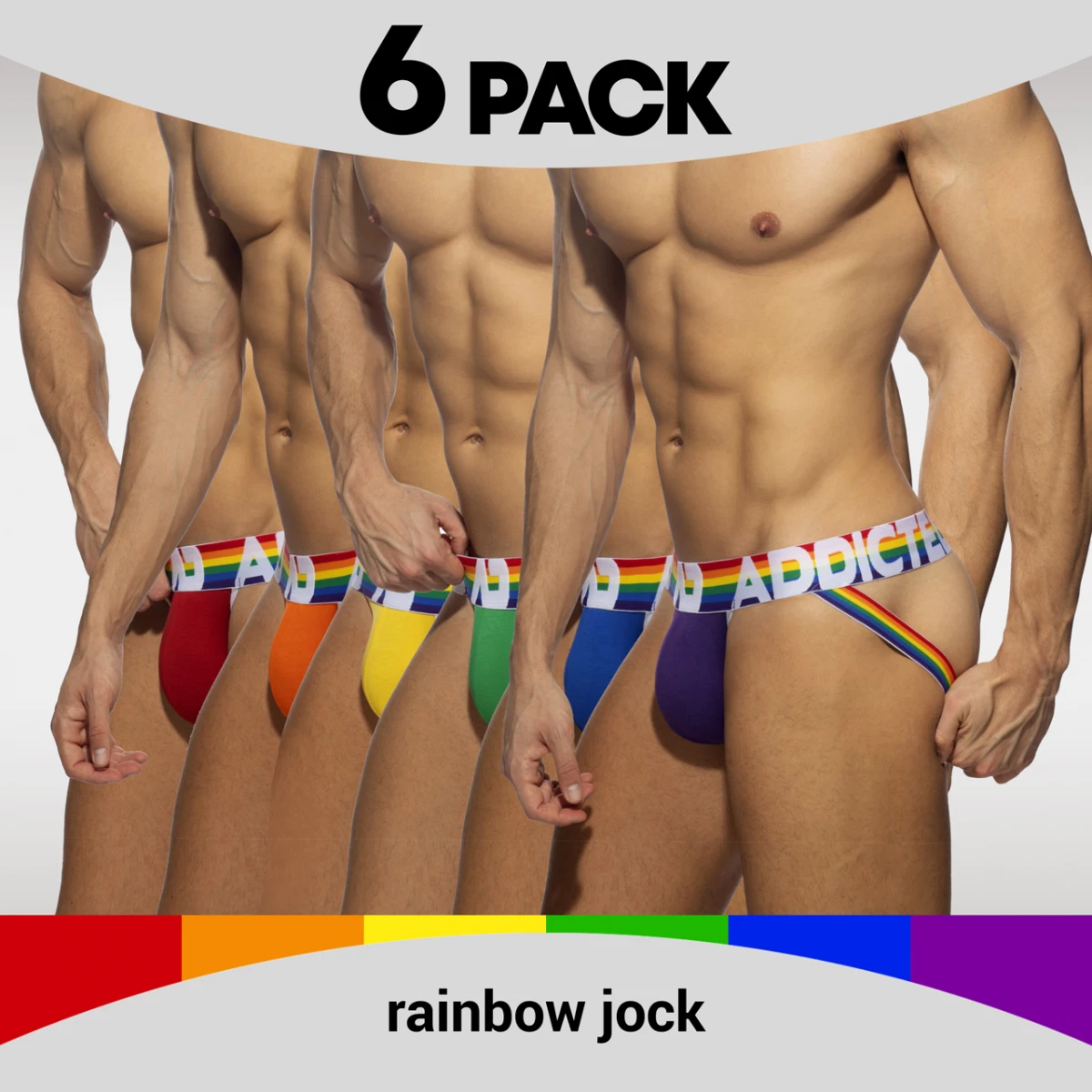

.png)
.png)
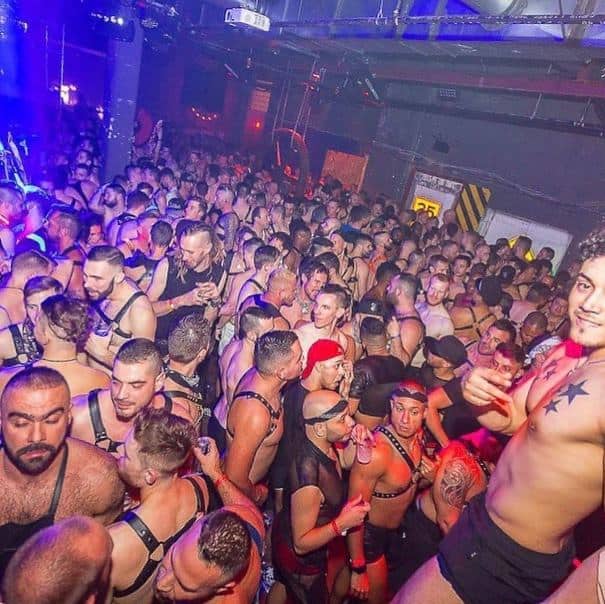

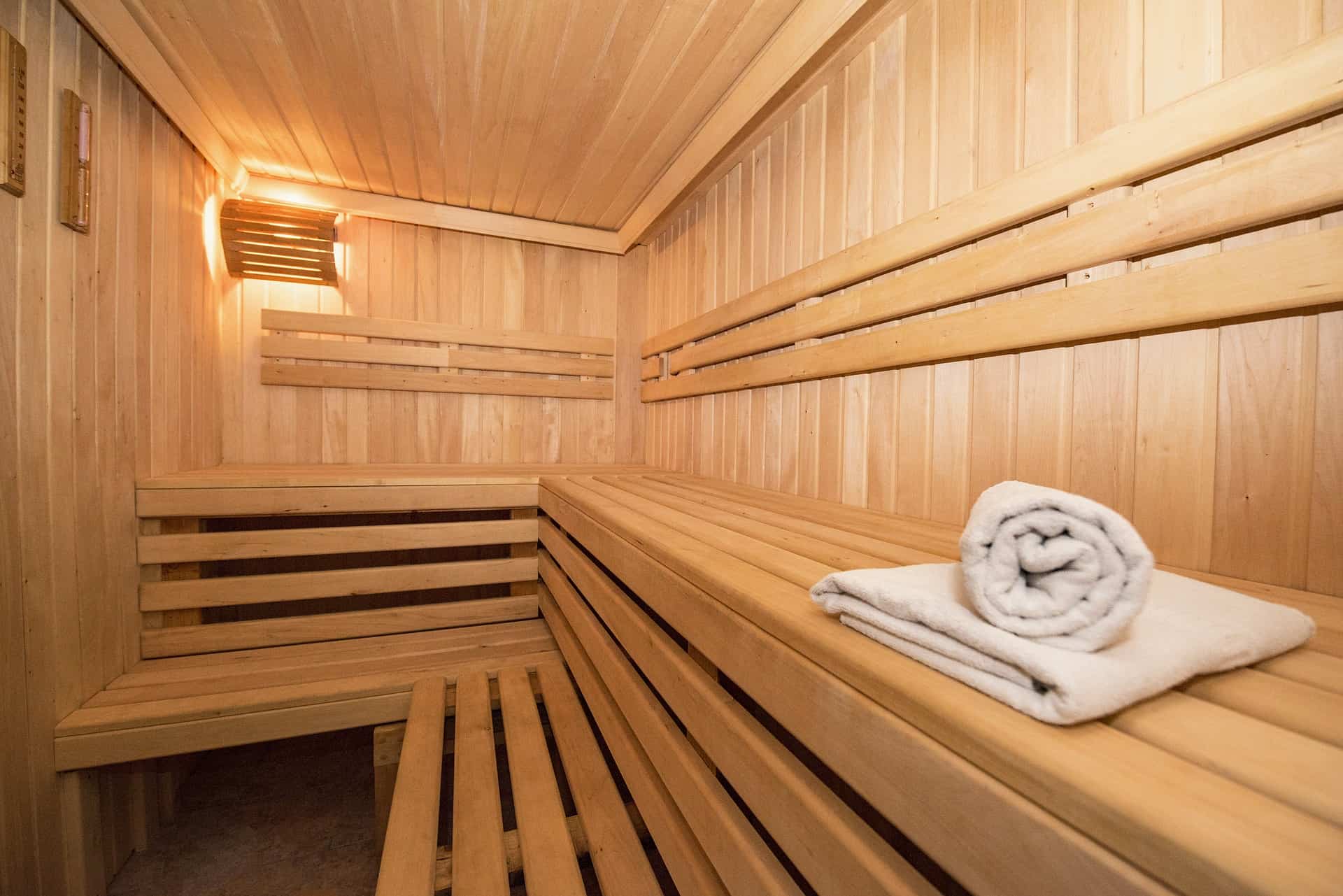
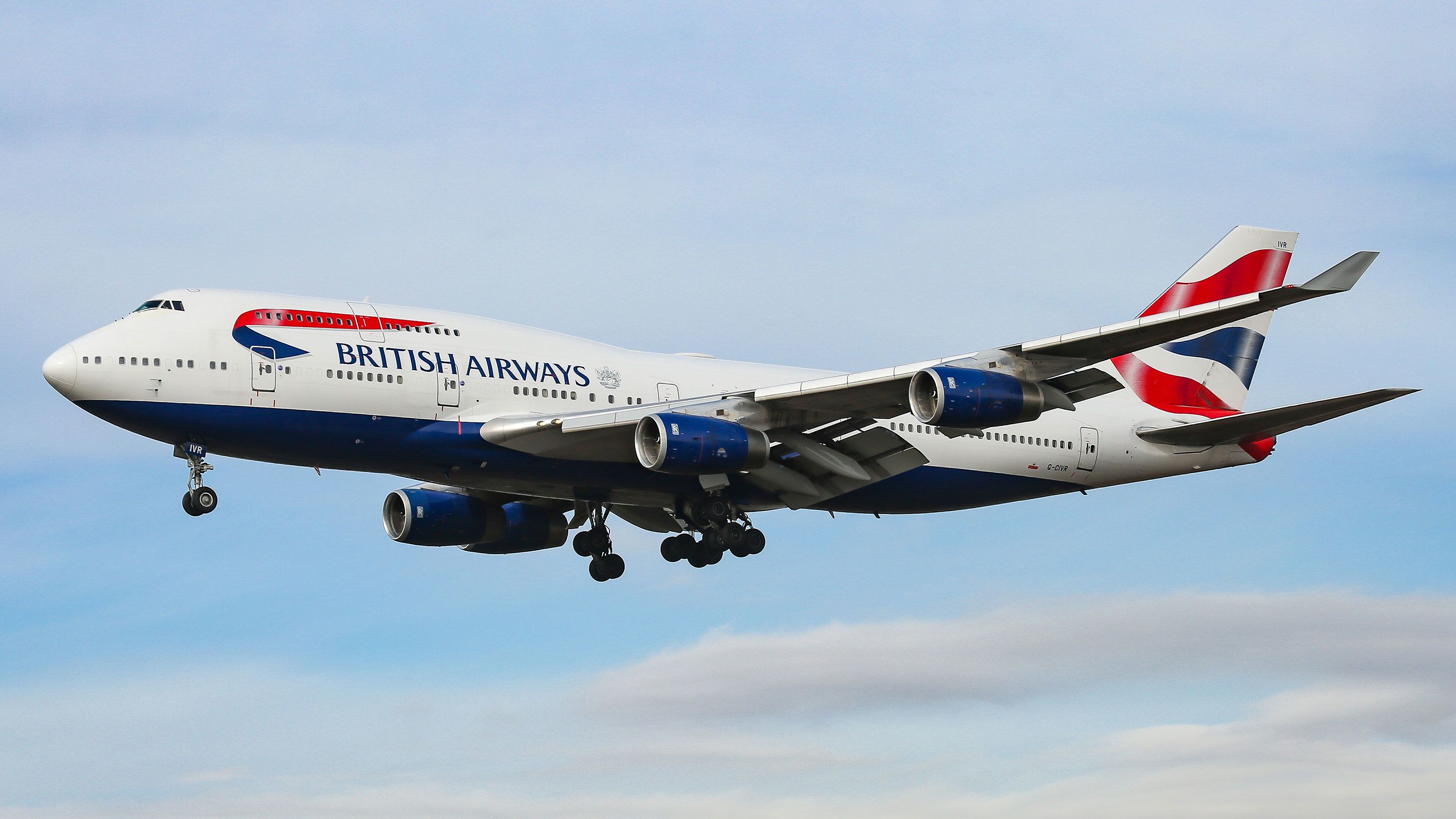
-(8).png)
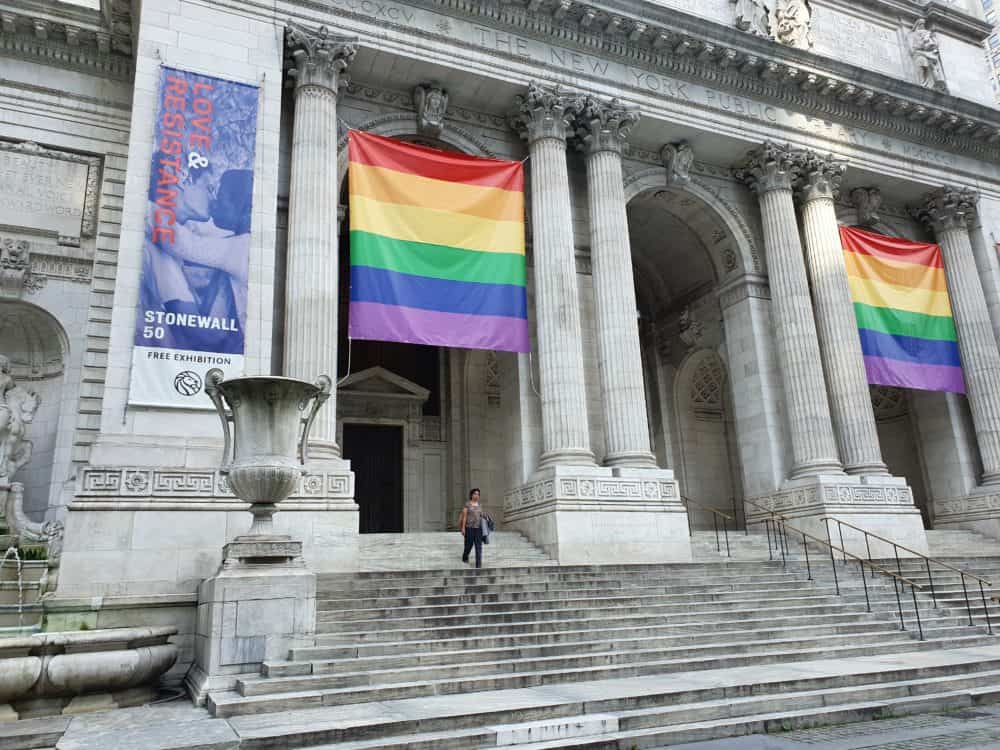
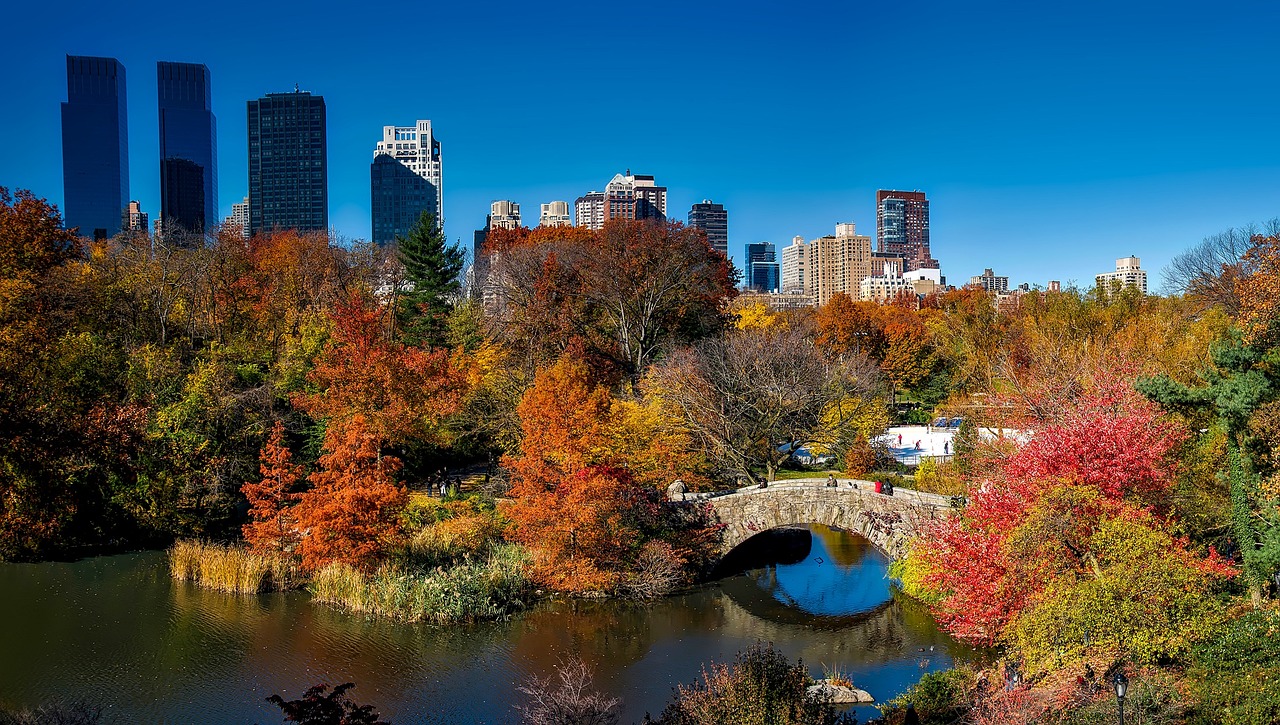
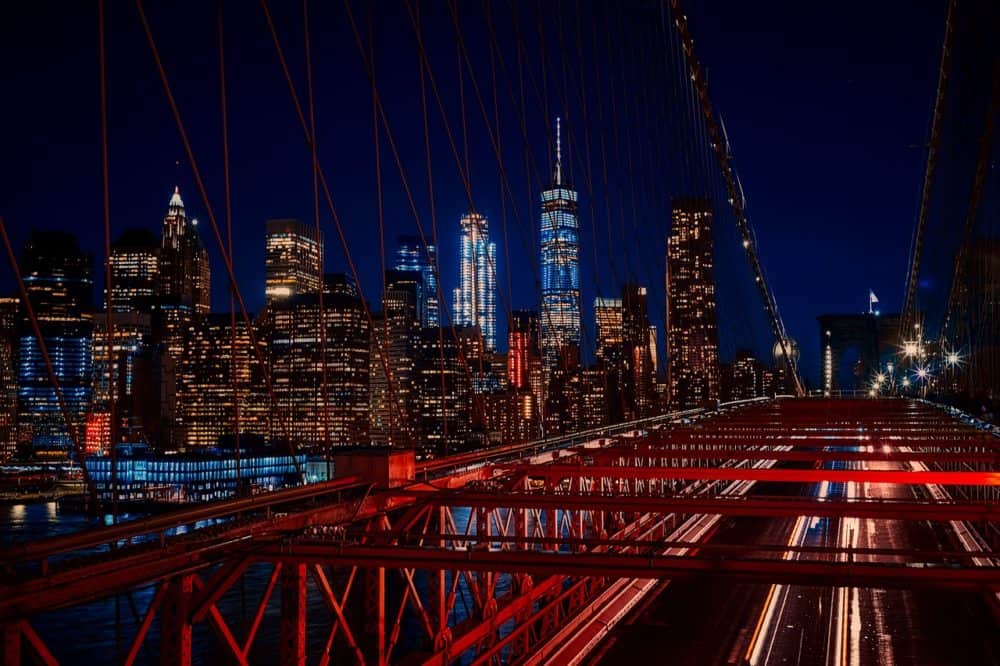

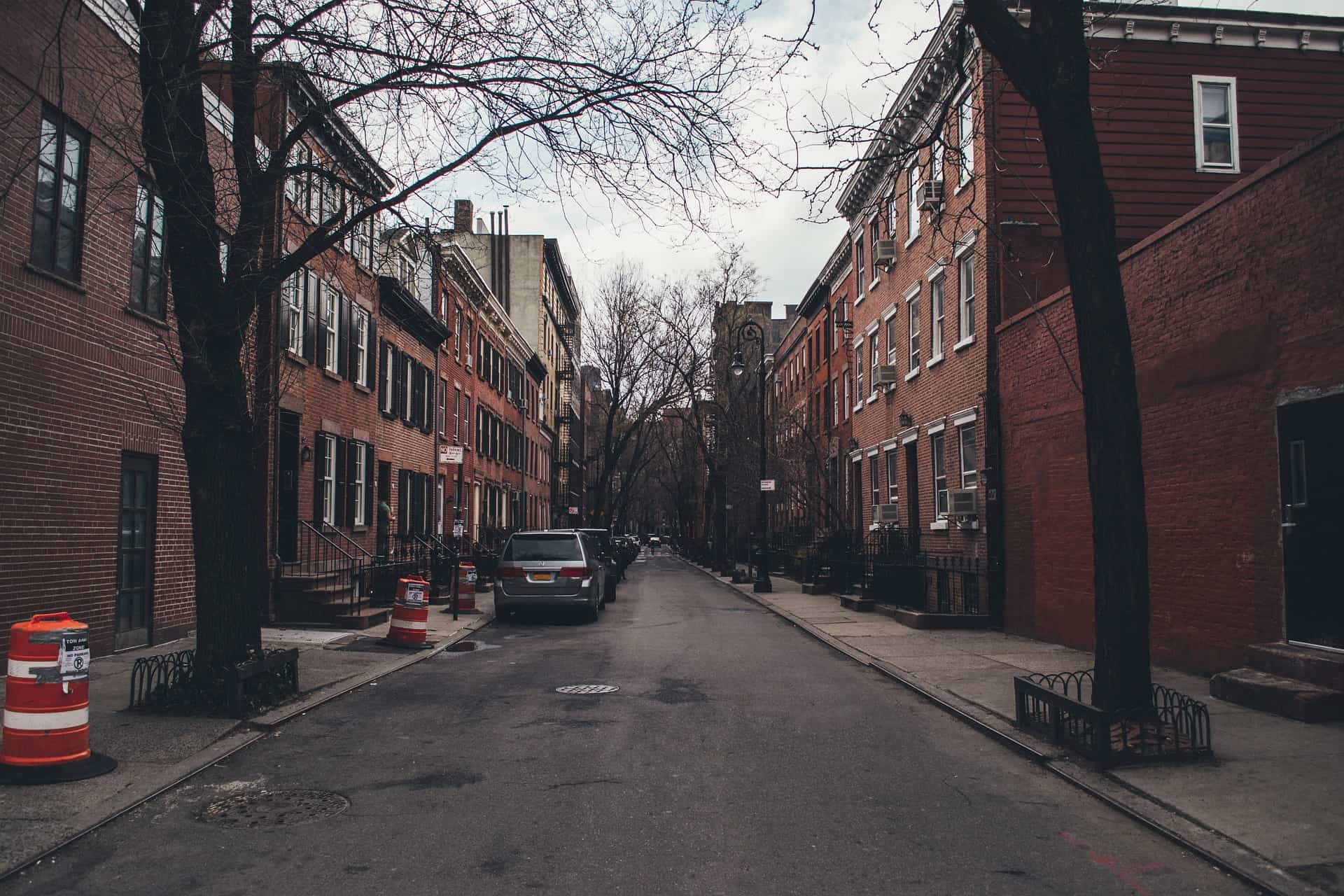
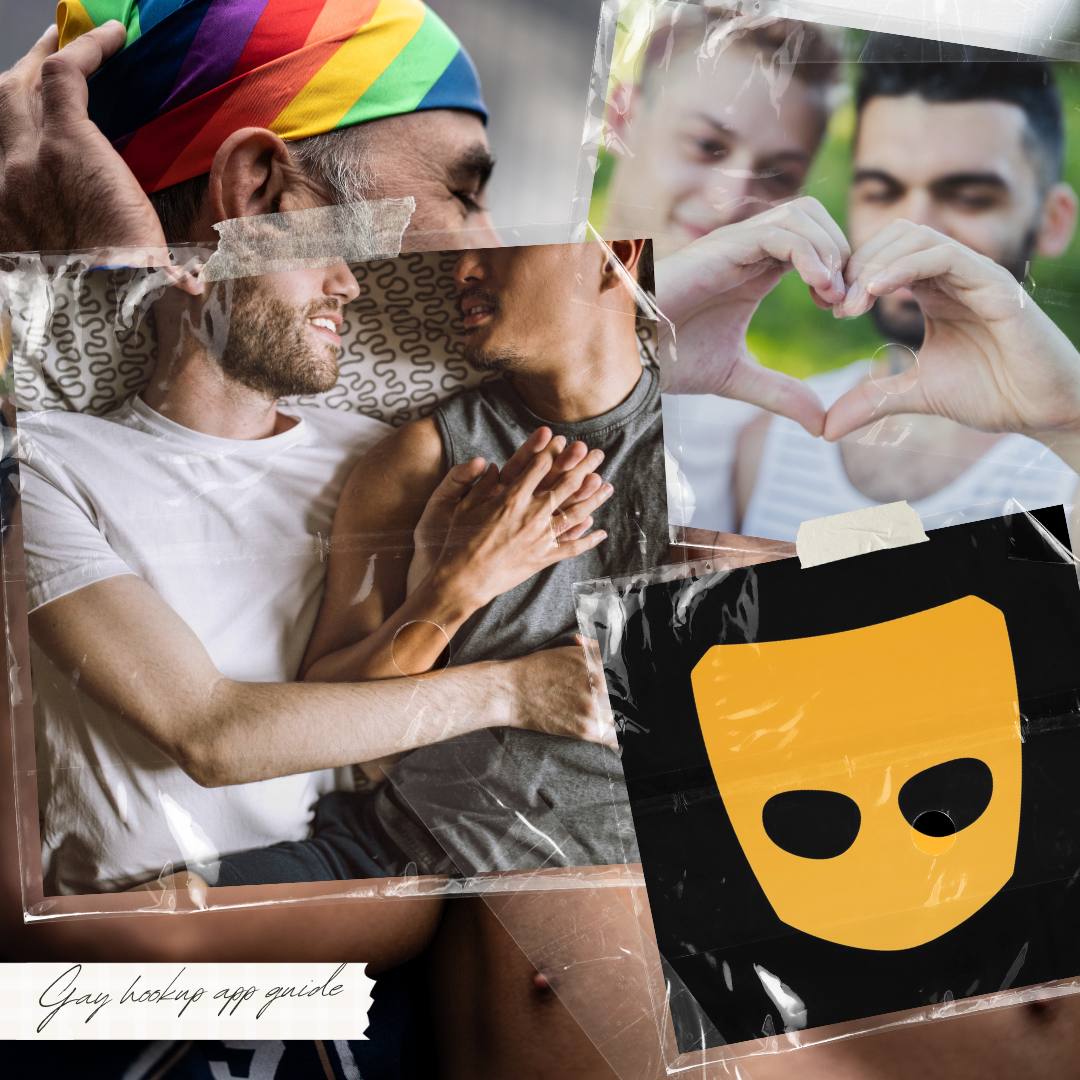
.png)
